Premium Only Content
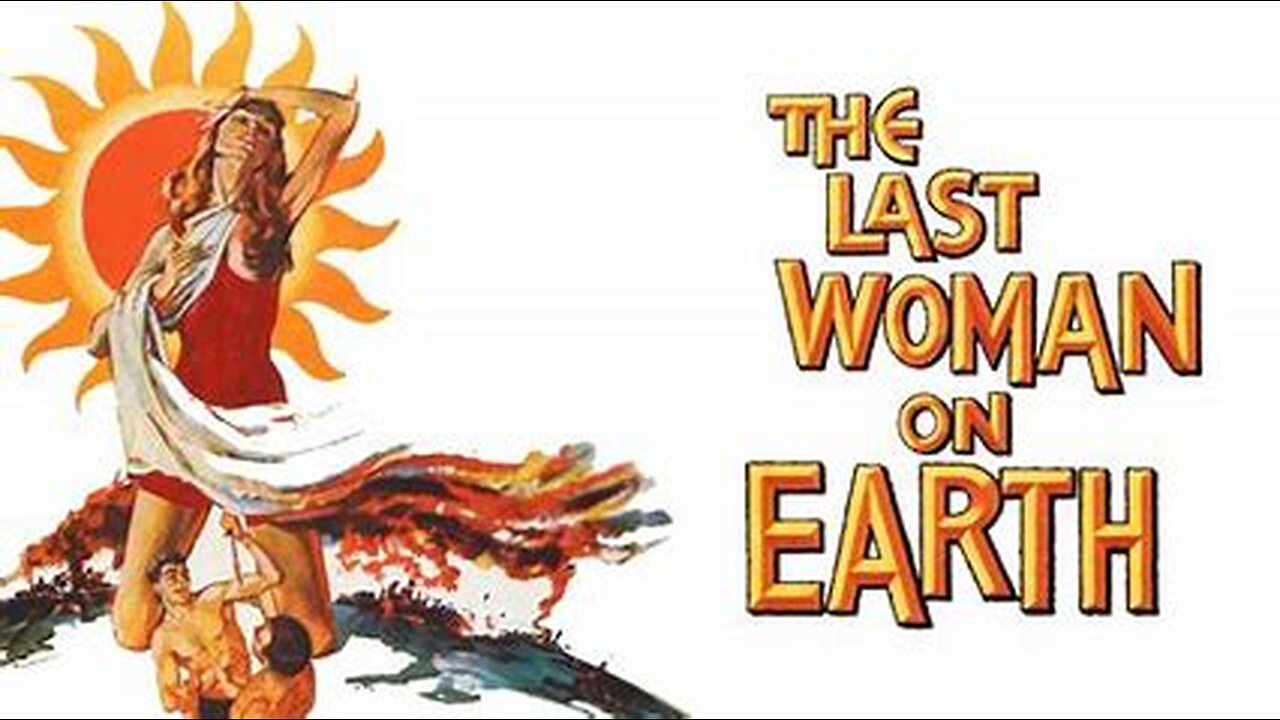
Last Woman on Earth (Sci-Fi, 1960)
Last Woman on Earth (1960) is a science fiction film with elements of drama, thriller, and romance. It leans into a post-apocalyptic narrative, focusing on a love triangle rather than traditional sci-fi or horror tropes, despite its marketing. Its low-budget, character-driven approach gives it a proto-Twilight Zone feel.
Plot:
Harold Gern (Antony Carbone), a shady New York businessman, vacations in Puerto Rico with his wife, Evelyn (Betsy Jones-Moreland), and his lawyer, Martin Joyce (Robert Towne, credited as Edward Wain). While scuba diving, an unexplained oxygen interruption wipes out all human life on the surface, leaving the trio as apparent sole survivors. They grapple with the reality of a deserted world, taking refuge in a house and a tropical jungle. Tensions escalate as Harold and Martin vie for Evelyn’s affection, forming a volatile love triangle. Harold’s jealousy drives him to banish Martin, but Evelyn and Martin attempt to flee together. Harold pursues them, leading to a confrontation in a fortress and a final, morally charged scene in a church where Martin, blinded from repeated blows, dies, leaving Harold and Evelyn to rebuild their marriage in a desolate world. The sparse plot focuses on human conflict and survival instincts over apocalyptic spectacle.
Cast:
Betsy Jones-Moreland as Evelyn Gern: The titular "last woman," torn between two men, delivering a compelling performance.
Antony Carbone as Harold Gern: A ruthless, Bogart-esque businessman consumed by jealousy.
Robert Towne (as Edward Wain) as Martin Joyce: Harold’s lawyer, a non-professional actor who also wrote the screenplay, notable for his intense delivery and reciting “Jabberwocky.”
Crew: Directed by Roger Corman, with uncredited contributions from Monte Hellman. Screenplay by Robert Towne. Music by Ronald Stein. Cinematography by Jack Marquette.
Other Facts:
Production: Shot in Puerto Rico as part of Roger Corman’s “Puerto Rican Trilogy” alongside Creature from the Haunted Sea and Battle of Blood Island, capitalizing on tax exemptions from Operation Bootstrap. Filmed back-to-back to maximize budget efficiency, it shared cast and crew with Creature.
Release: Premiered August 4, 1960, as a double feature with The Little Shop of Horrors.
Budget and Style: A low-budget Filmgroup production, originally shot in color to highlight Caribbean locations, though many surviving prints are black-and-white due to fading. Dialogue was mostly dubbed post-production, with minimal sync sound.
Reception: Mixed reviews; Leonard Maltin’s Movie Guide gave it a “BOMB” rating, but some praise its thought-provoking themes and performances, calling it undeservedly maligned compared to Creature from the Haunted Sea. It holds a niche appeal for Corman fans.
Notable Aspects: Robert Towne, later an Oscar-winning screenwriter (Chinatown), wrote and starred due to his slow writing pace, a Corman anecdote. The film’s minimal cast (three actors) and confined settings (a house, beach, jungle) reflect its micro-budget constraints.
Cultural Context: Predates The Last Man on Earth (1964) and echoes The World, the Flesh and the Devil (1959), but lacks the latter’s racial themes. Its focus on human nature and jealousy anticipates later post-apocalyptic dramas like The Quiet Earth (1985).
Critique: Praised for its concept but criticized for a thin plot and unrealized potential. The fish-slapping fight and philosophical dialogue add unintentional humor, while the church-set ending is oddly moralistic.
The film’s raw, low-budget charm and focus on human flaws make it a curious artifact of 1960s sci-fi, though it falls short of its ambitious premise.
-
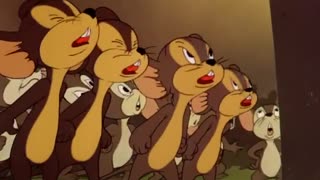 7:35
7:35
Silver Screen Echoes
20 days agoFifth Column Mouse (Cartoon, 1943)
29 -
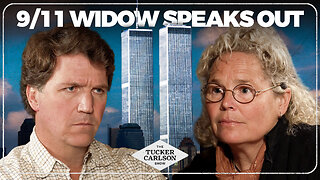 1:48:26
1:48:26
Tucker Carlson
2 days agoKristen Breitweiser: 9-11 Cover-Ups, Building 7, and the Billion-Dollar Scam to Steal From Victims
169K389 -
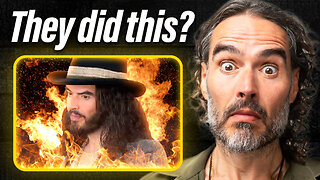 5:48
5:48
Russell Brand
2 days agoThey BURNED me in effigy!
53.2K36 -
 1:21:40
1:21:40
Man in America
6 hours agoThe Secret AI Plan to Enslave Humanity — And Why It Will FAIL w/ Todd Callender
40.4K15 -
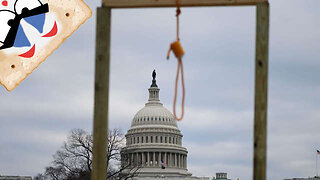 2:18:17
2:18:17
TheSaltyCracker
6 hours agoTreason Season ReeEEStream 11-23-25
146K196 -
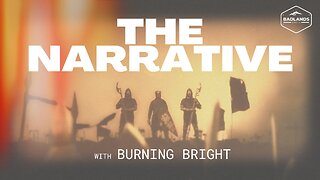 3:10:33
3:10:33
Badlands Media
23 hours agoThe Narrative Ep. 47: Arctic Alliance
59.8K8 -
 LIVE
LIVE
SpartakusLIVE
5 hours agoLIVE from the Creator House in FLORIDA || WZ Solos to Start - PUBG, REDSEC or ARC Later?!
694 watching -
 58:03
58:03
MattMorseTV
6 hours ago $59.97 earned🔴Trump is BRINGING the CHARGES. 🔴
69.4K170 -
 5:31:43
5:31:43
EricJohnPizzaArtist
4 days agoAwesome Sauce PIZZA ART LIVE Ep. #70: Movie Night featuring Dark Helmet!
43.9K8 -
 2:06:00
2:06:00
Joker Effect
5 hours agoMASSIVE UPDATES ON MY CHANNEL... what does 2026 look like? CHATTIN WITH WVAGABOND (The Captain).
26.6K2